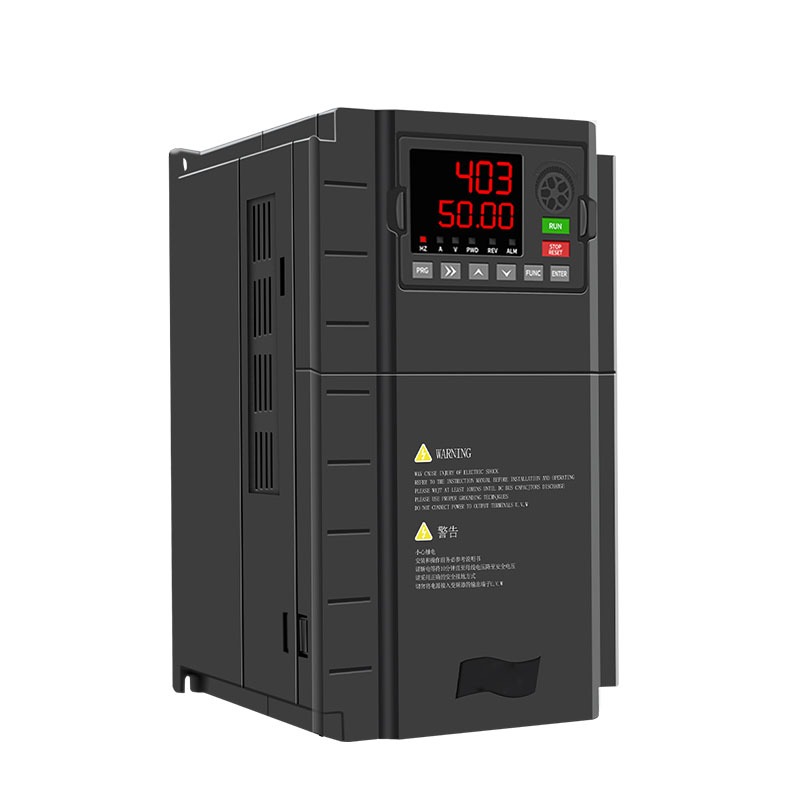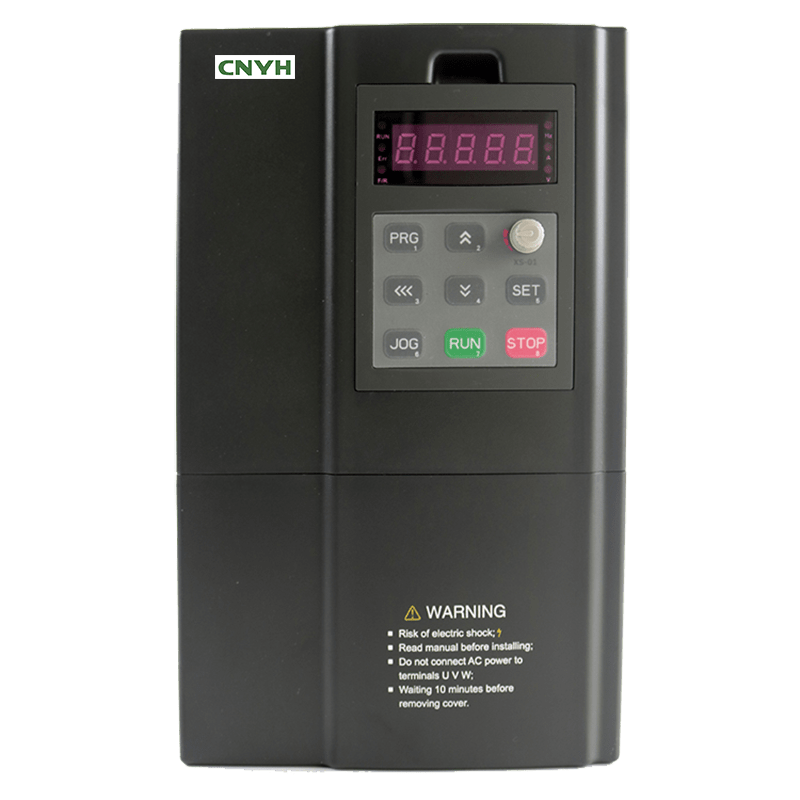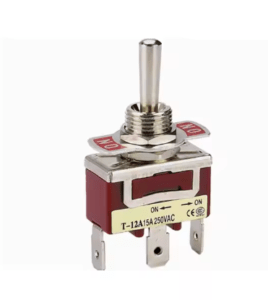
1. Introduction
A VFD (variable frequency drive) is a critical device for controlling motor speed and torque in industrial systems. By adjusting the frequency and voltage supplied to electric motors, VFDs enable efficient operation across various applications. This guide explores the basics of VFDs, their main advantages, and practical tips for maximizing performance.
For more about our products, please click here.
2. How VFD Variable Frequency Drives Work
VFDs convert fixed-frequency AC power into adjustable AC power. The process involves:
- Rectification: Converting AC to DC using a rectifier.
- Inversion: Changing DC back to AC with adjustable frequency using an inverter.
- Control Circuitry: Managing output frequency and voltage to match motor requirements.
This allows motors to start smoothly, operate at optimal speeds, and reduce mechanical stress.

3. Key Benefits of VFDs
VFDs offer multiple advantages that enhance industrial efficiency:
- Energy Savings: Reduce power consumption by 20–30% by matching motor speed to actual load needs, ideal for pumps, fans, and conveyors.
- Precise Speed Control: Achieve speed regulation within ±0.5% (vector control mode), critical for applications requiring accuracy.
- Motor Protection: Built-in features like overcurrent, overvoltage, and overheat protection extend motor lifespan by preventing damage from voltage fluctuations or overloads.
4. Common Applications of VFDs
VFDs are widely used in various industries:
- Manufacturing: Optimize production lines by adjusting conveyor speeds and reducing startup shocks.
- Energy Sector: Improve efficiency in wind turbines and solar inverters by adapting to changing energy demands.
- HVAC Systems: Control fan and pump speeds in heating, ventilation, and air conditioning to save energy and reduce noise.
Their versatility makes them essential for any system requiring dynamic motor control.
5. Best Practices for VFD Installation and Maintenance
To ensure long-term reliability:
- Proper Installation: Mount in a clean, dry environment with adequate ventilation (ambient temperature -10°C to +50°C). Ensure proper grounding to minimize electromagnetic interference.
- Parameter Setup: Configure control modes (V/F control, vector control, or torque control) based on motor type (asynchronous or synchronous) and specific load requirements.
- Regular Maintenance:
- Clean dust and debris from cooling fans and heat sinks quarterly to maintain optimal heat dissipation.
- Use a multimeter to check input voltage regularly, ensuring it stays within the manufacturer’s specified range (e.g., 220V–690V for most models).
- Update firmware periodically to access the latest performance optimizations, bug fixes, and safety enhancements.

6. Conclusion
VFD variable frequency drives are indispensable for modern industrial motor control, offering energy efficiency, precise operation, and robust protection. Whether deployed in manufacturing, energy production, or HVAC systems, their ability to adapt to varying loads ensures optimal performance and significant cost savings. By following best practices for installation and maintenance, you can extend the lifespan of your VFD system and minimize downtime, ensuring consistent reliability in even the most demanding environments.
Tel/Fax: 0086-577-62840011
Wechat/WhatsApp: 008615868075256
Win Electric Co., LTD, Focus on switches with 30 years.



